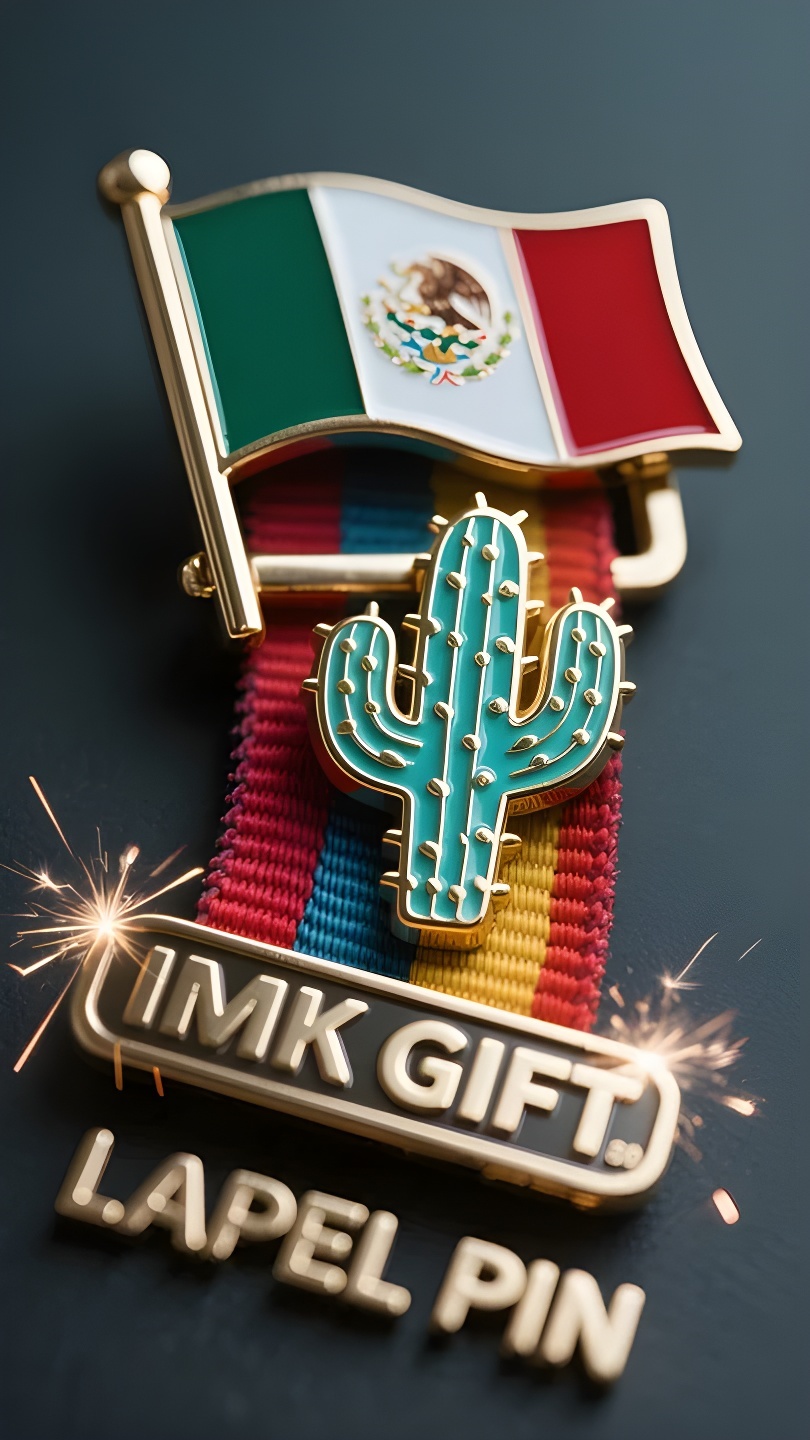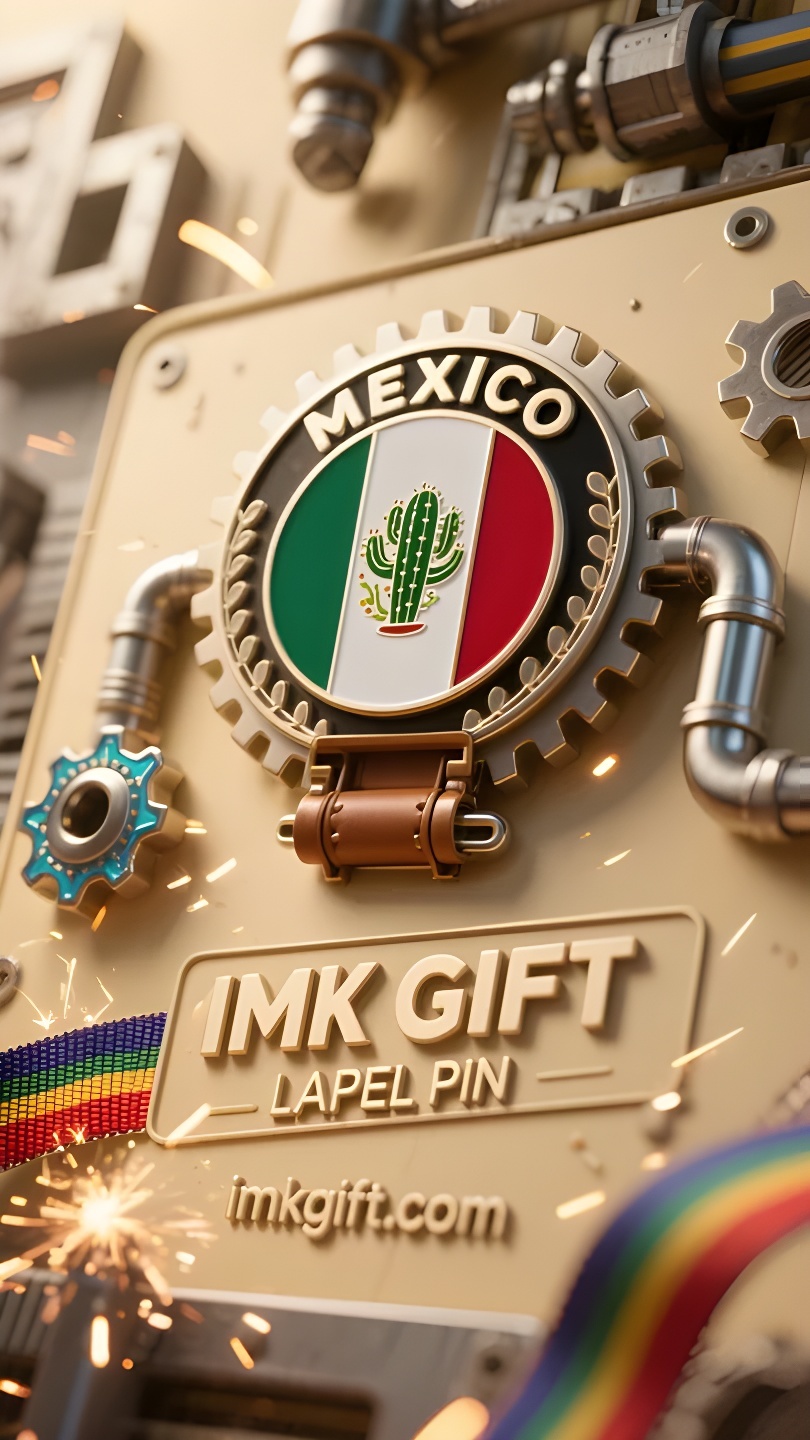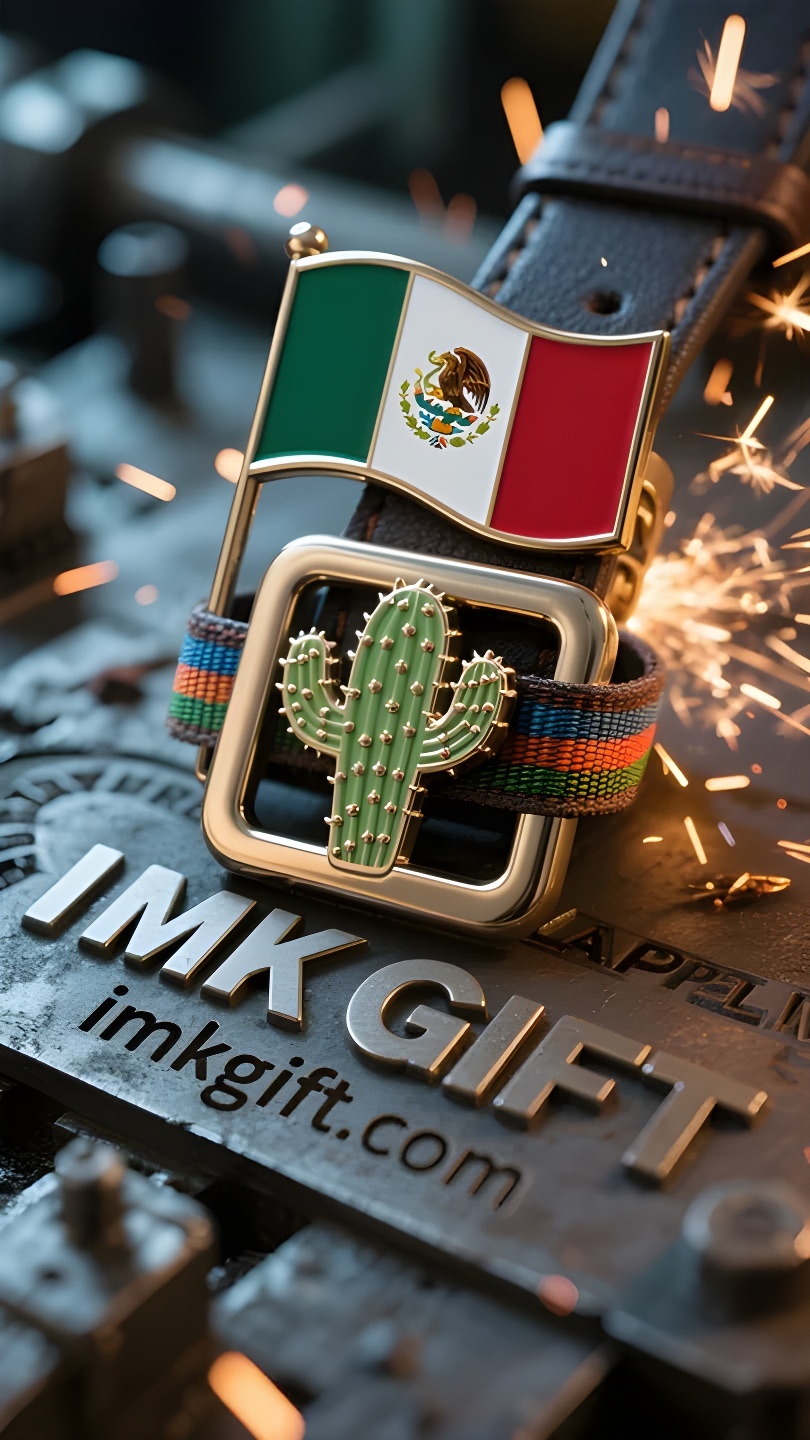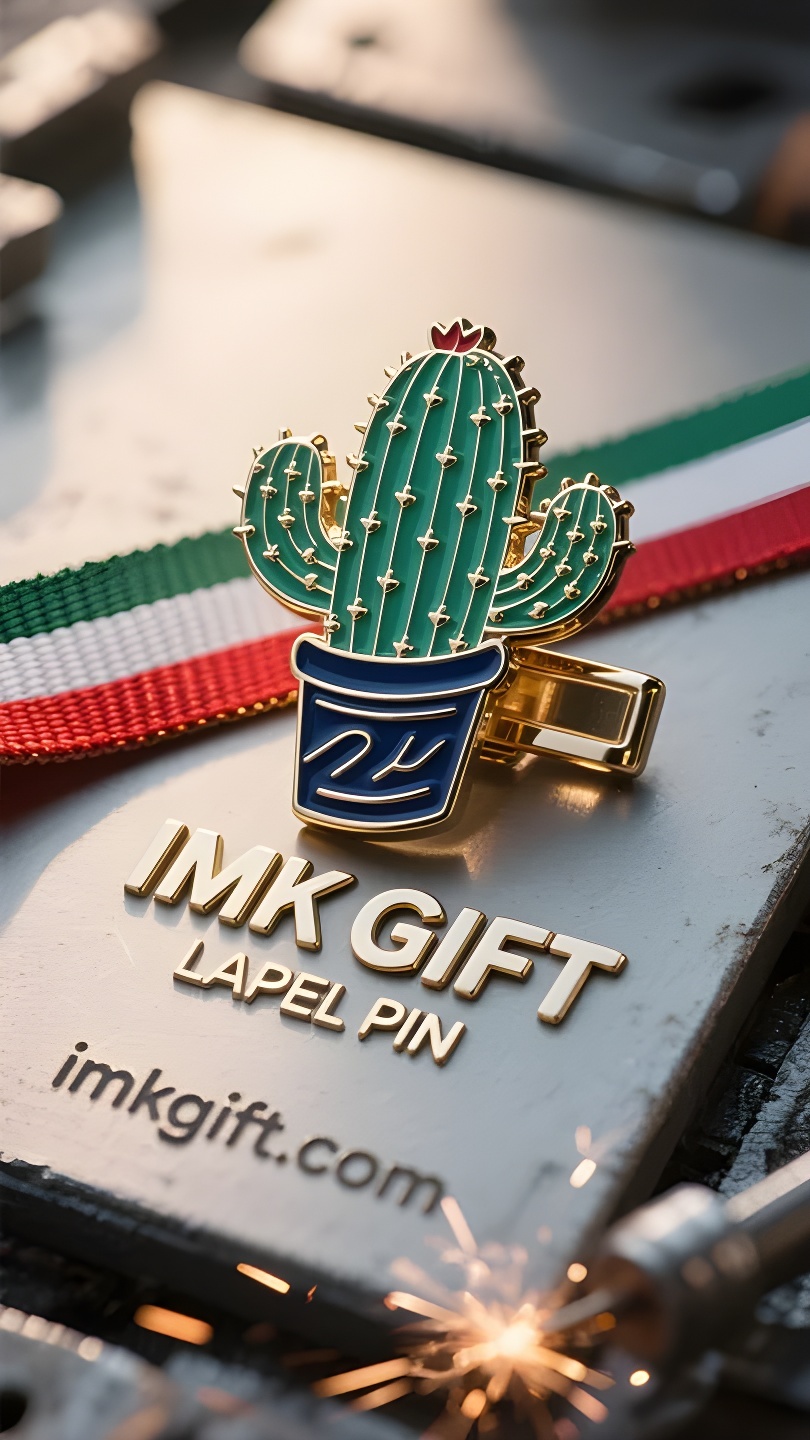in983-El-alma-nacional-en-la-hebilla-del-cinturón-el-espíritu-del-cactus-nunca-se-desvanece
▼
En septiembre, la Ciudad de México resuena con vítores del Día de la Independencia. En el centro de la bandera tricolor que ondea en las calles, el tótem de un águila parada orgullosa sobre un cactus narra el código de vida eterna de esta nación. Las relucientes hebillas de plata que llevan los lugareños en sus cinturas replican este tótem legendario en forma de relieves en miniatura, precipitando el ardiente alma nacional en la fría luz del metal. Cuenta la leyenda que durante su migración, los aztecas siguieron la señal de un águila que se comía una serpiente en un cactus y construyeron la gloriosa ciudad de Tenochtitlán en el desierto. Esta planta, capaz de enraizarse en las grietas de las rocas y sobrevivir bajo el sol abrasador, ha superado desde hace tiempo sus atributos naturales y se ha convertido en la coordenada espiritual de los mexicanos para sobrevivir en la adversidad. Cuando los artesanos funden cactus y águilas en las hebillas de los cinturones, no es solo un homenaje a la sabiduría de sus antepasados, sino que también implica una profunda metáfora de “sujetar creencias”: así como los cinturones necesitan hebillas para ser estables, la vida también necesita tenacidad como remaches para fijar firmemente los ideales al suelo de la realidad. La juventud mexicana moderna considera este accesorio tradicional un tótem móvil de fe. Cada vez que toco el relieve de metal en mi cintura, puedo escuchar los pasos de mis antepasados cruzando el desierto: una persona verdaderamente fuerte nunca se conformará con los buenos tiempos, sino que florecerá flores de color rojo sangre en la tierra salina-alcalina. Así como un cactus convierte el sufrimiento en jugo dulce, cada alma que se aferra a sus ideales puede crear un oasis en el desierto de los tiempos.
In September, Mexico City resounded with cheers of Independence Day. In the middle of the tricolor flag flying on the streets, the totem of an eagle standing proudly on a cactus tells the life code of this nation that has lasted for thousands of years. The silver belt buckles shining on the waists of the locals are replicating this legendary totem in the form of micro-relief, precipitating the fiery national soul in the cold light of the metal. Legend has it that during their migration, the Aztecs followed the sign of the eagle eating snakes on the cactus and built the glorious city of Tenochtitlan in the desert. This plant that can take root in the cracks of rocks and survive under the scorching sun has long surpassed its natural attributes and has become the spiritual coordinates of Mexicans’ survival in adversity. When the craftsmen cast the cactus and the eagle into the belt buckle, it is not only a tribute to the wisdom of the ancestors, but also implies a profound metaphor of “fastening the faith” – just as the belt needs a buckle to be stable, life also needs to use tenacity as rivets to firmly fix the ideal in the soil of reality. Modern Mexican youth regard this traditional accessory as a moving totem of faith. Whenever you touch the metal relief on your waist, you can hear the footsteps of your ancestors crossing the desert: the truly strong never become complacent in good times, but bloom blood-red flowers in the saline-alkali land. Just like a cactus that turns suffering into sweet juice, every soul that clings to its ideals can create an oasis in the desert of the times.
九月的墨西哥城回荡着独立日的欢呼,街头飘扬的三色旗中央,雄鹰傲立于仙人掌之上的图腾,诉说着这个民族千年不灭的生命密码。而当地人腰间闪烁的银质皮带扣,正以微型浮雕的方式复刻着这个传奇图腾,在金属冷光中沉淀出炽热的民族魂魄。
传说阿兹特克人在迁徙途中,正是循着仙人掌上食蛇的雄鹰之兆,才在荒漠中建起辉煌的特诺奇蒂特兰城。这种能在岩缝中扎根、在烈日下存活的植物,早已超越自然属性,成为墨西哥人逆境求生的精神坐标。当匠人将仙人掌与雄鹰铸进皮带扣,不仅是对祖先智慧的致敬,更暗含着”系牢信念”的深刻隐喻——正如皮带需要扣环才能稳固,人生也需以坚韧为铆钉,将理想牢牢固定于现实的土壤。
现代墨西哥青年将这种传统配饰视作移动的信念图腾。每当触摸腰间的金属浮雕,就能听见祖先穿越沙漠的足音:真正的强者从不在顺境中自满,而要在盐碱地里开出血色花朵。就像仙人掌将苦难酿成甘甜汁液,每个紧扣理想的灵魂,都能在时代荒漠中踏出绿洲。
▼
Contact Us
📞 Tel: +0086-760-85286839
📧 Email: sales3@imkgift.com








